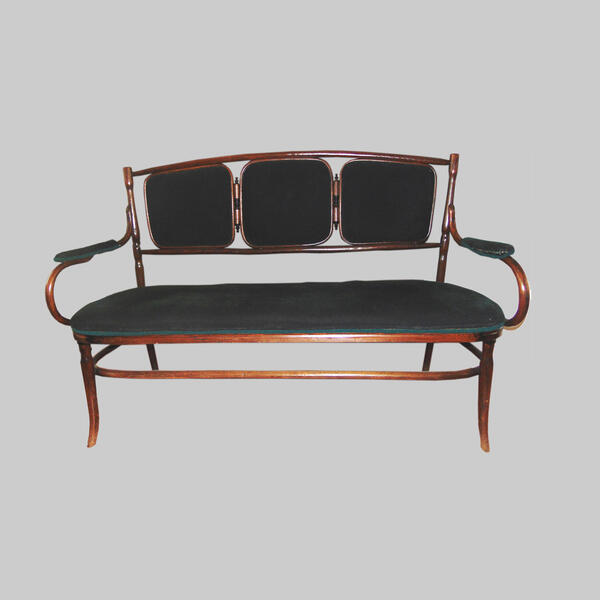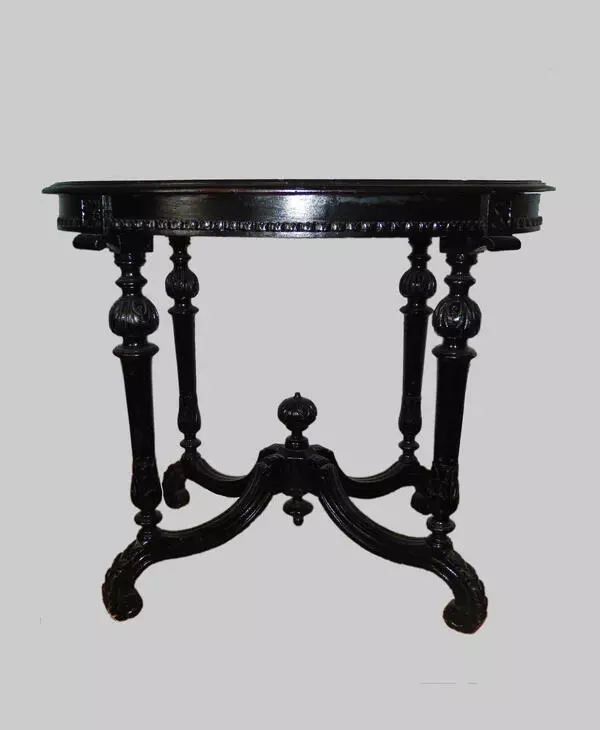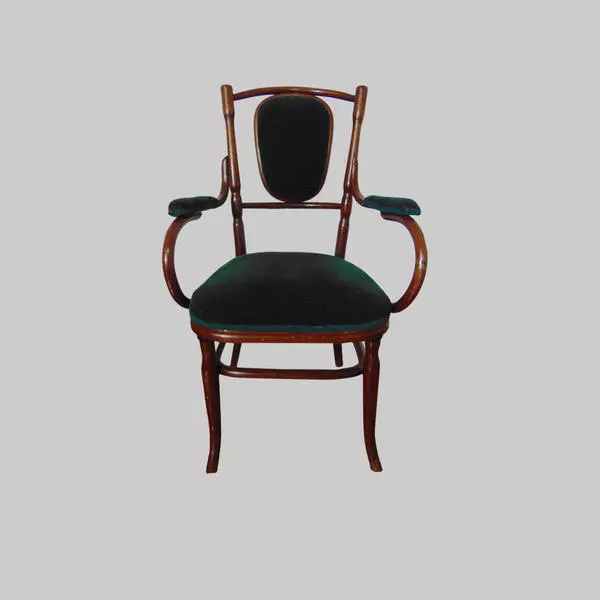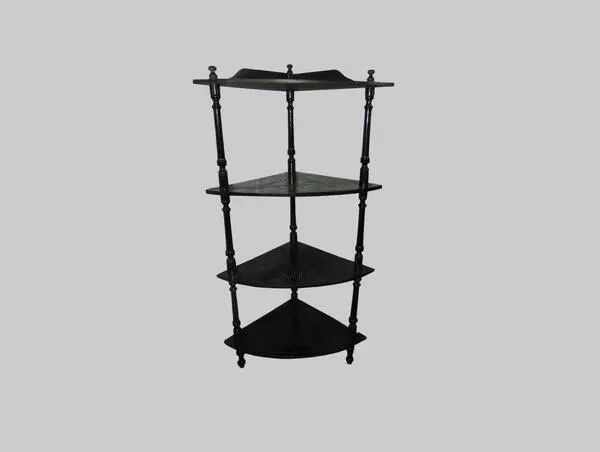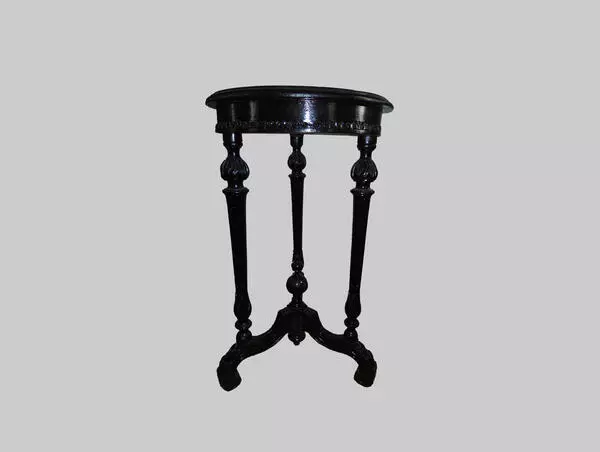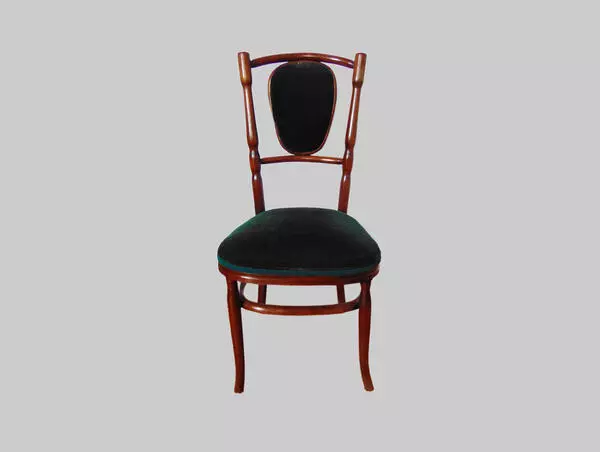In the middle of the 19th century, Austrian-German cabinetmaker Michael Thonet established a factory in Vienna, manufacturing furniture from bent wood. That furniture was strong, practical and at the same time, remarkably beautiful. While the furniture made of solid pieces of wood was massive and solid, Thonet’s elegant designs were practically floating in the air. It is no coincidence that his furniture quickly gained incredible popularity around the world and, in particular, among the Russian nobility. Since then, Thonet’s furniture has been referred to either by its country of production — Vienna furniture — or by the name of the manufacturer — in the style of Thonet.
This couch is the largest item from Thonet’s furniture set, presented in the sitting room. Moreover, its size is gracefully concealed by its elegant design: its grips are bent in a semicircle and have neat rectangular armrests, and the backrest has separate soft sections, thus dividing its vast area into three smaller spaces. The choice of color is also masterfully made: the dark green silk velvet upholstery harmoniously blends in with the dark color of the wood.
It’s worth noting that the wooden parts of this furniture have a unique color partially due to the fact that they were treated with steam or boiling water. The wood was exposed to this effect in order to become more flexible, and eventually form the exquisite design of Thonet’s furniture. Soaked in boiling water or steamed with water vapor, the wood was bent and fixed with the help of molds, after which it retained its new shape. At different times, sledges, skis, boats, barrels and other things were already being made of bent wood, but it was Thonet who adapted this technique for furniture manufacturing and in 1942 even obtained a patent for it.
Thonet started out with the ordinary for early 19th century solid wood products, which were produced by his first furniture factory in the German city of Boppard, opened in 1819. He undertook the first experiments on production of strong and light structures using bending and bonding layers of plywood only after eleven years. At one of the industrial exhibitions, an unusual wooden chair by Thonet drew the attention of Austrian Chancellor Prince Klemens von Metternich, who offered the master to move to Vienna. After a little while, Thonet agreed to his proposal.
This couch is the largest item from Thonet’s furniture set, presented in the sitting room. Moreover, its size is gracefully concealed by its elegant design: its grips are bent in a semicircle and have neat rectangular armrests, and the backrest has separate soft sections, thus dividing its vast area into three smaller spaces. The choice of color is also masterfully made: the dark green silk velvet upholstery harmoniously blends in with the dark color of the wood.
It’s worth noting that the wooden parts of this furniture have a unique color partially due to the fact that they were treated with steam or boiling water. The wood was exposed to this effect in order to become more flexible, and eventually form the exquisite design of Thonet’s furniture. Soaked in boiling water or steamed with water vapor, the wood was bent and fixed with the help of molds, after which it retained its new shape. At different times, sledges, skis, boats, barrels and other things were already being made of bent wood, but it was Thonet who adapted this technique for furniture manufacturing and in 1942 even obtained a patent for it.
Thonet started out with the ordinary for early 19th century solid wood products, which were produced by his first furniture factory in the German city of Boppard, opened in 1819. He undertook the first experiments on production of strong and light structures using bending and bonding layers of plywood only after eleven years. At one of the industrial exhibitions, an unusual wooden chair by Thonet drew the attention of Austrian Chancellor Prince Klemens von Metternich, who offered the master to move to Vienna. After a little while, Thonet agreed to his proposal.

